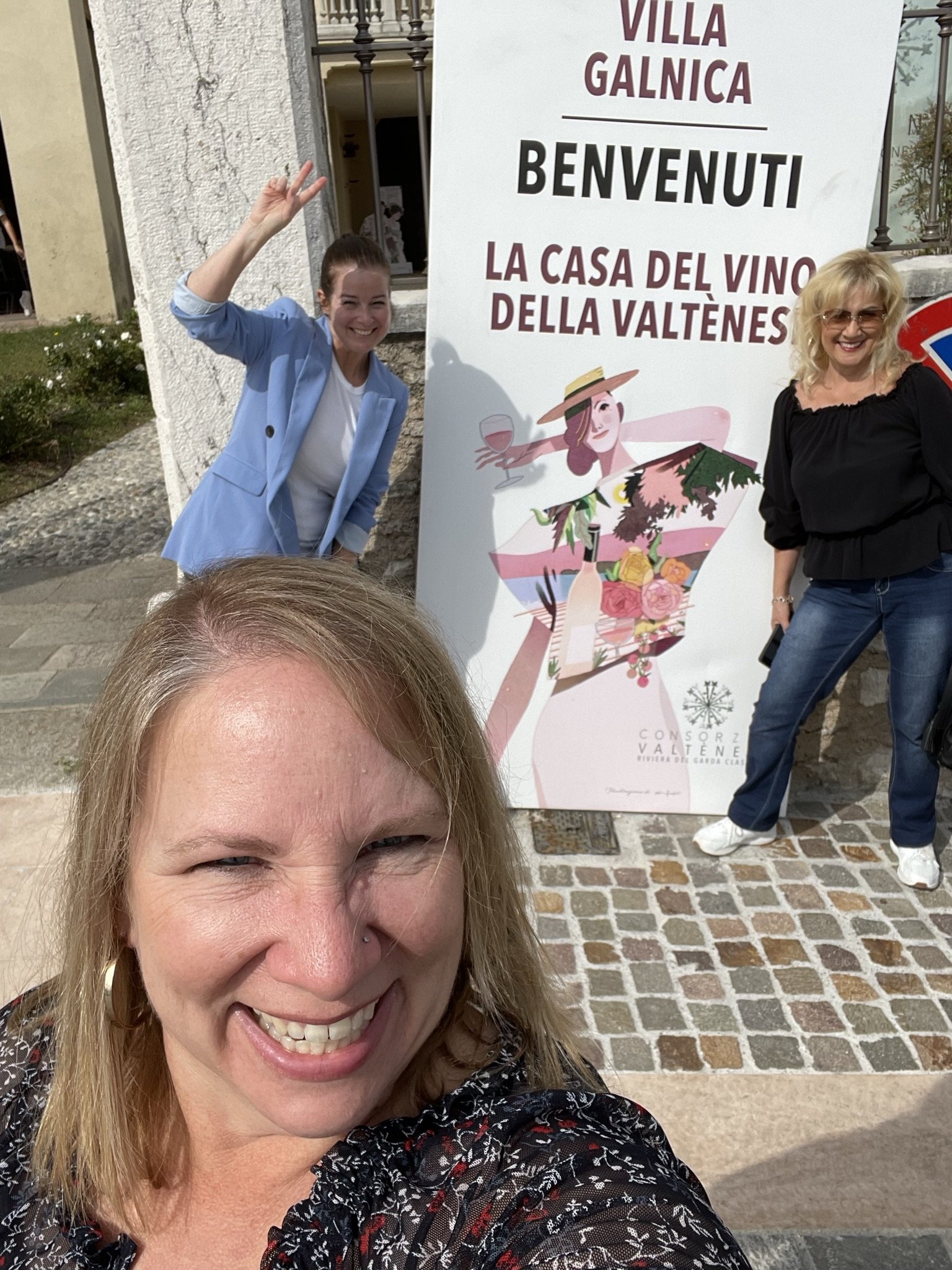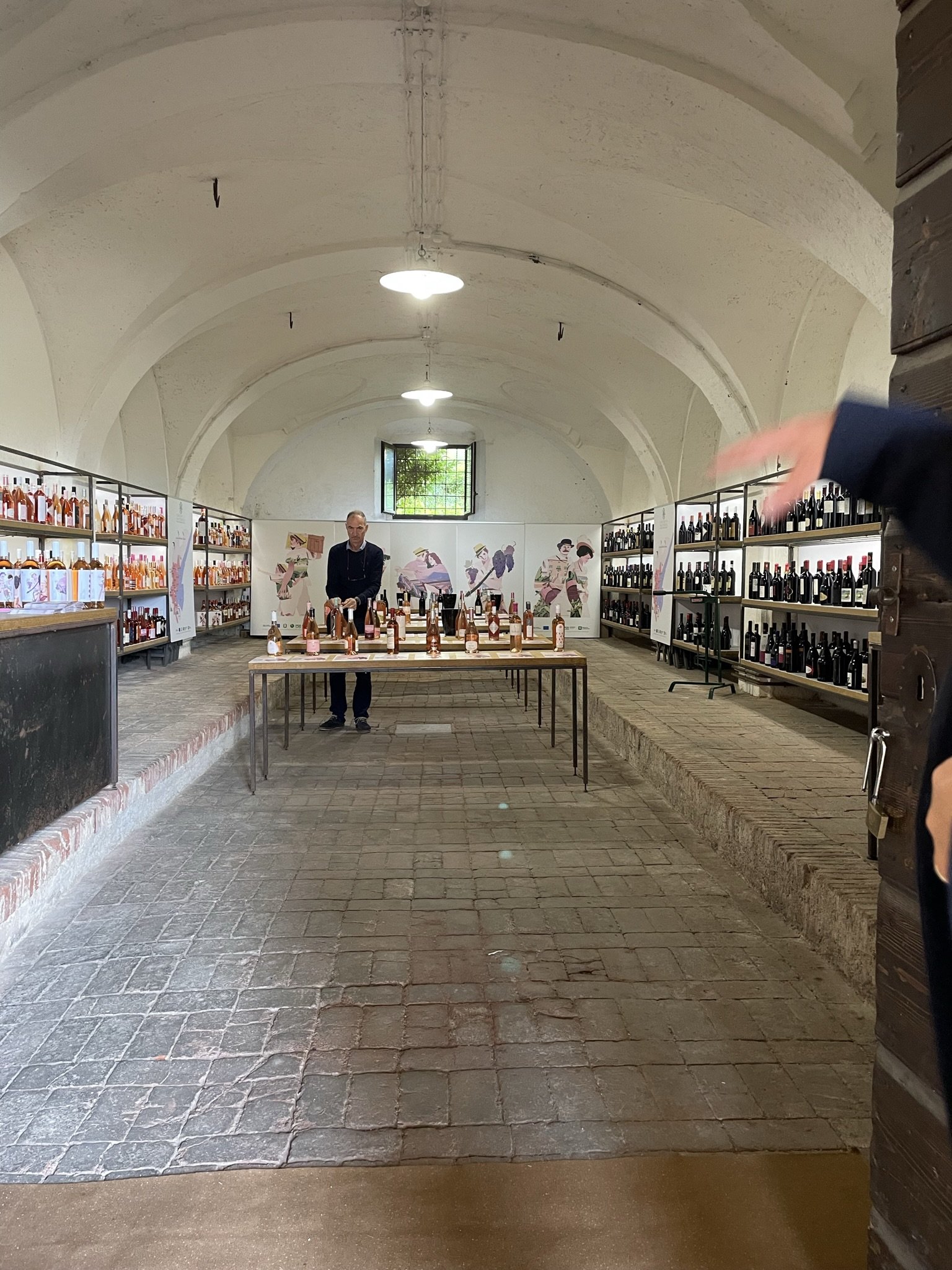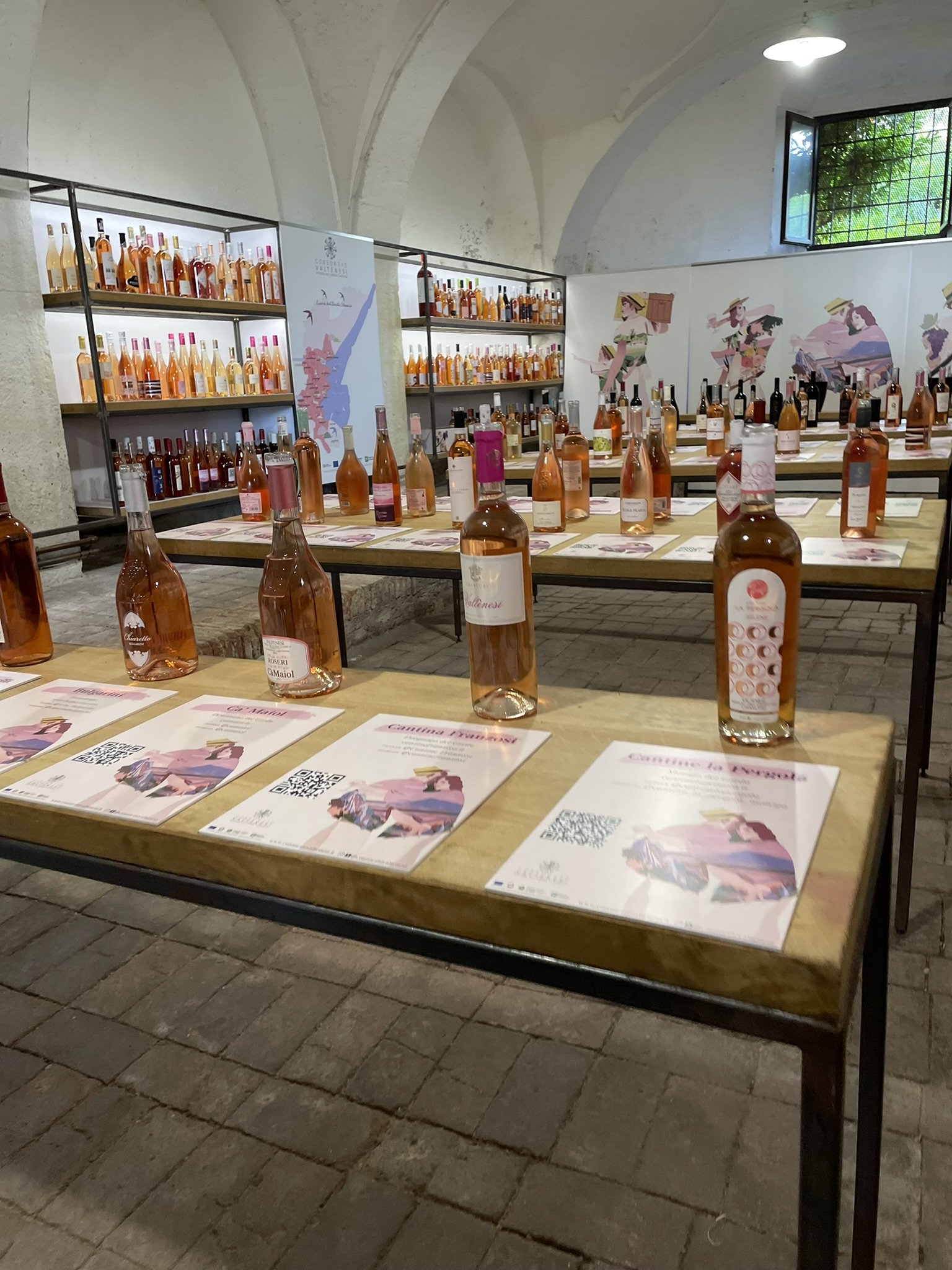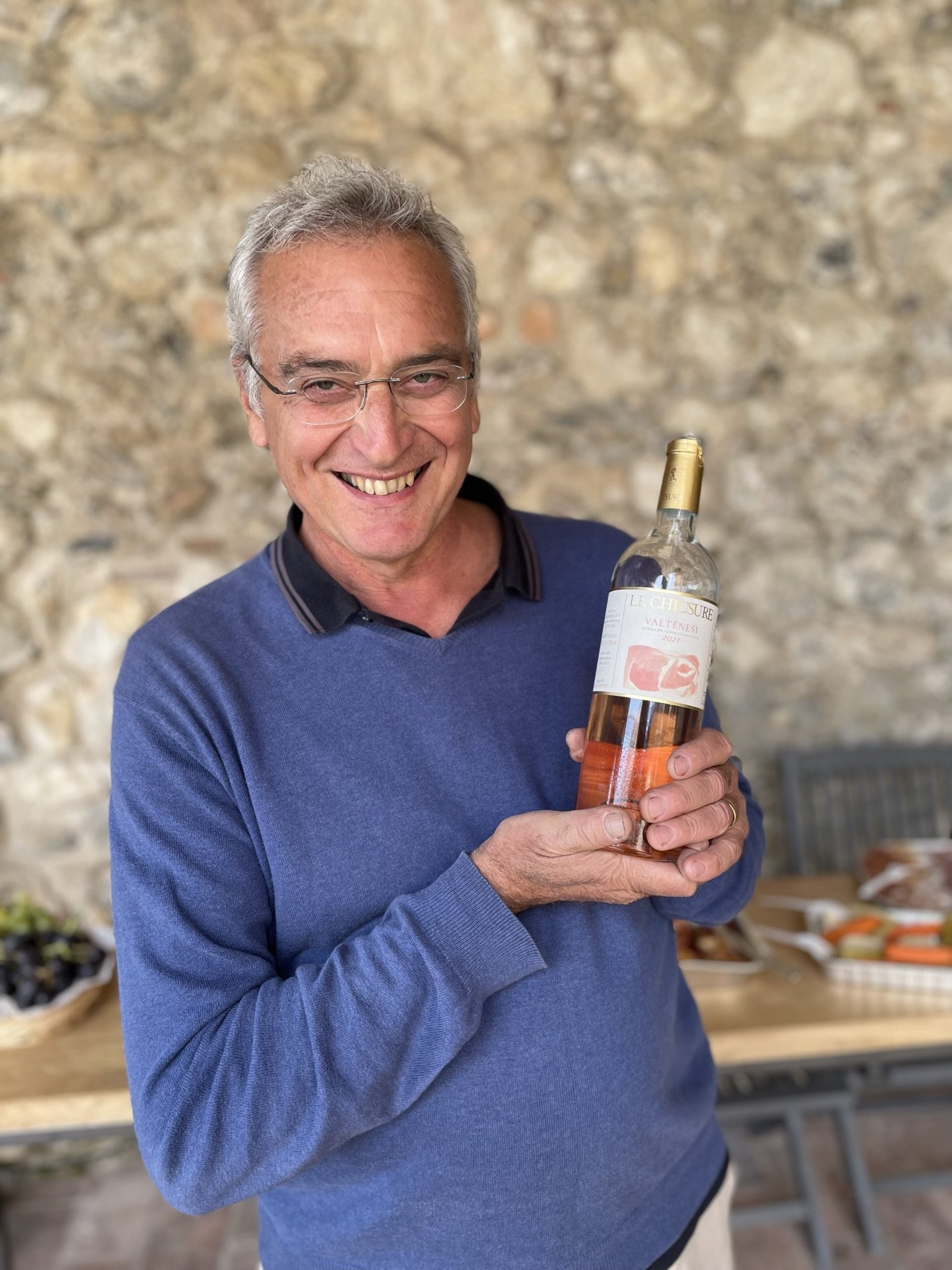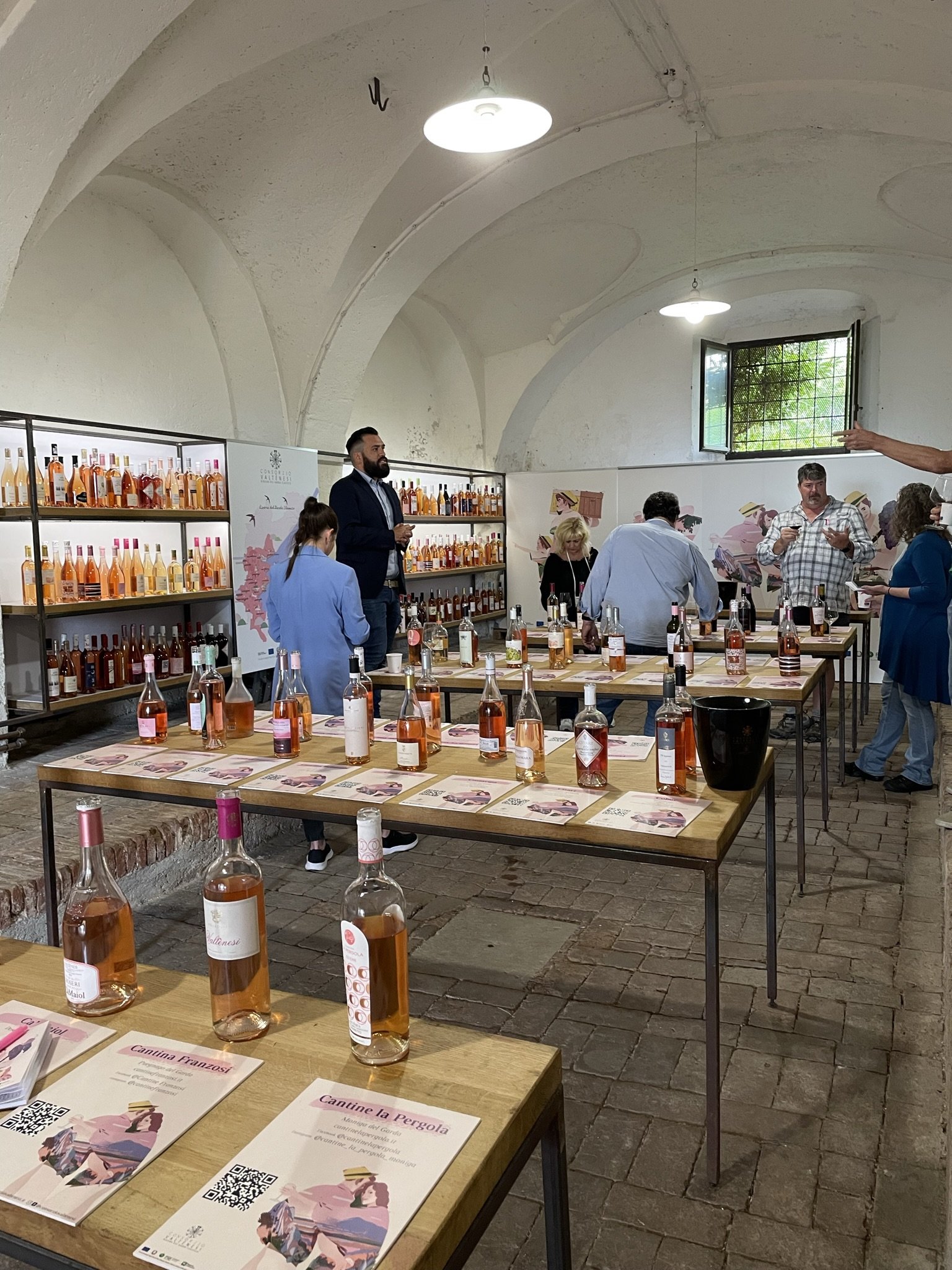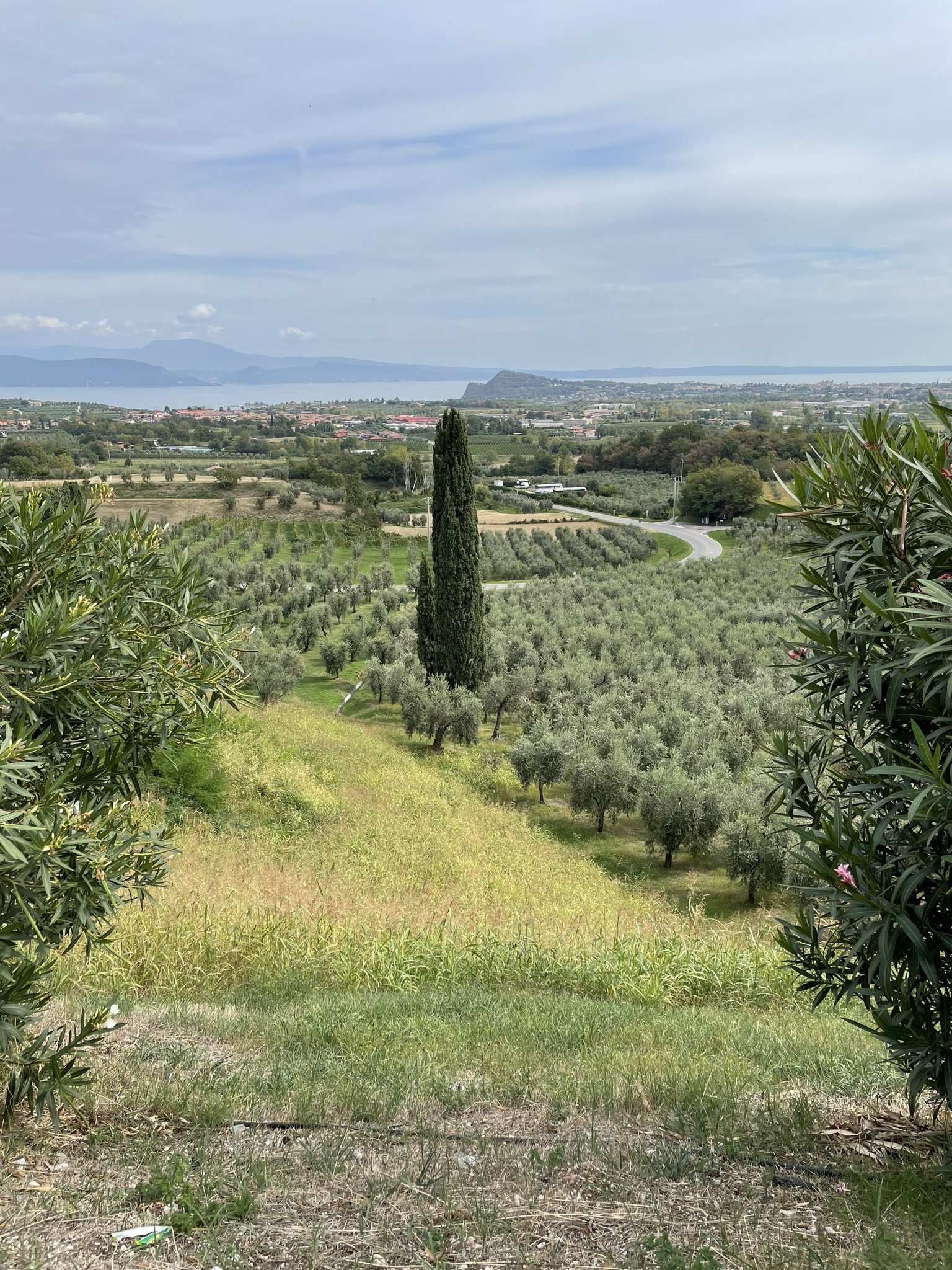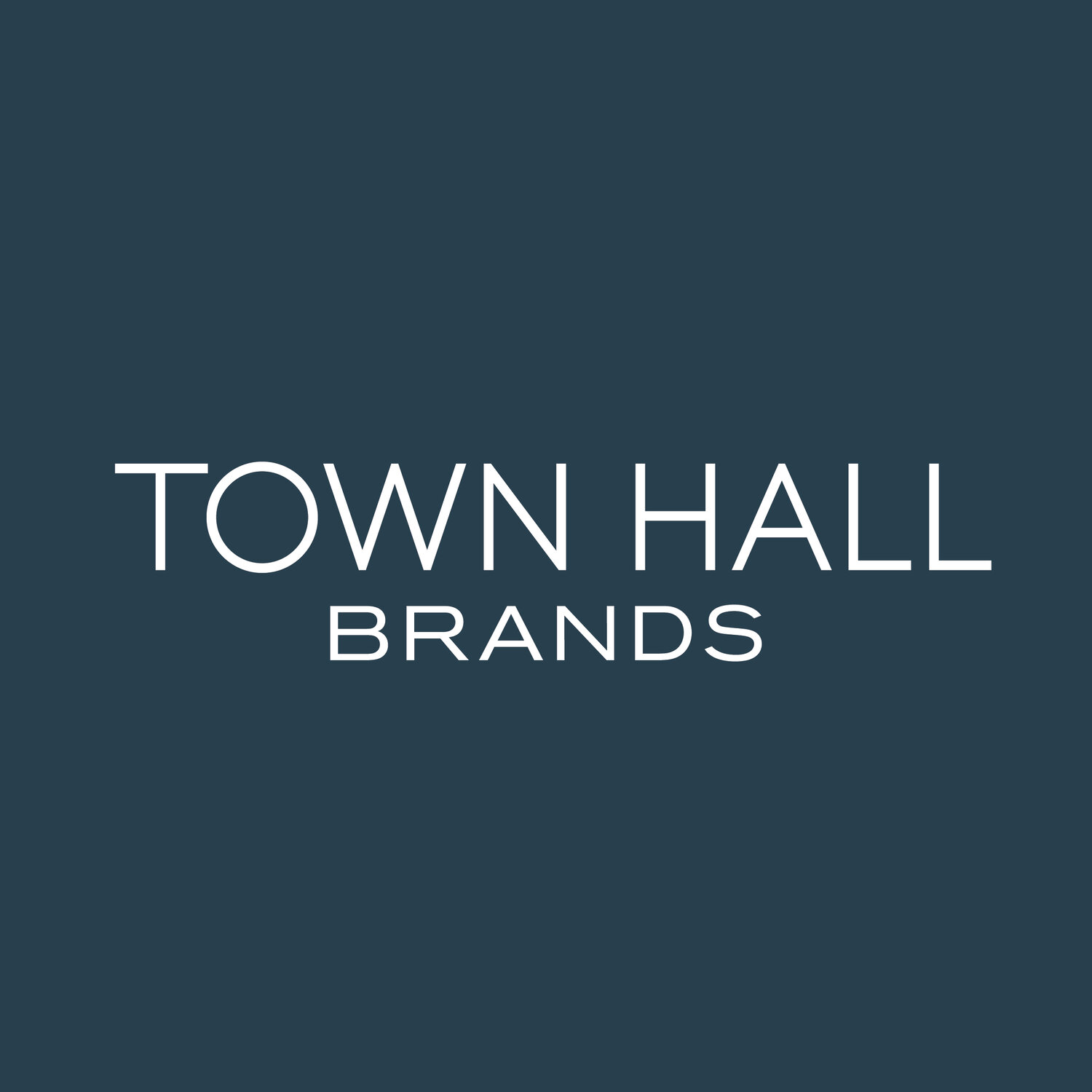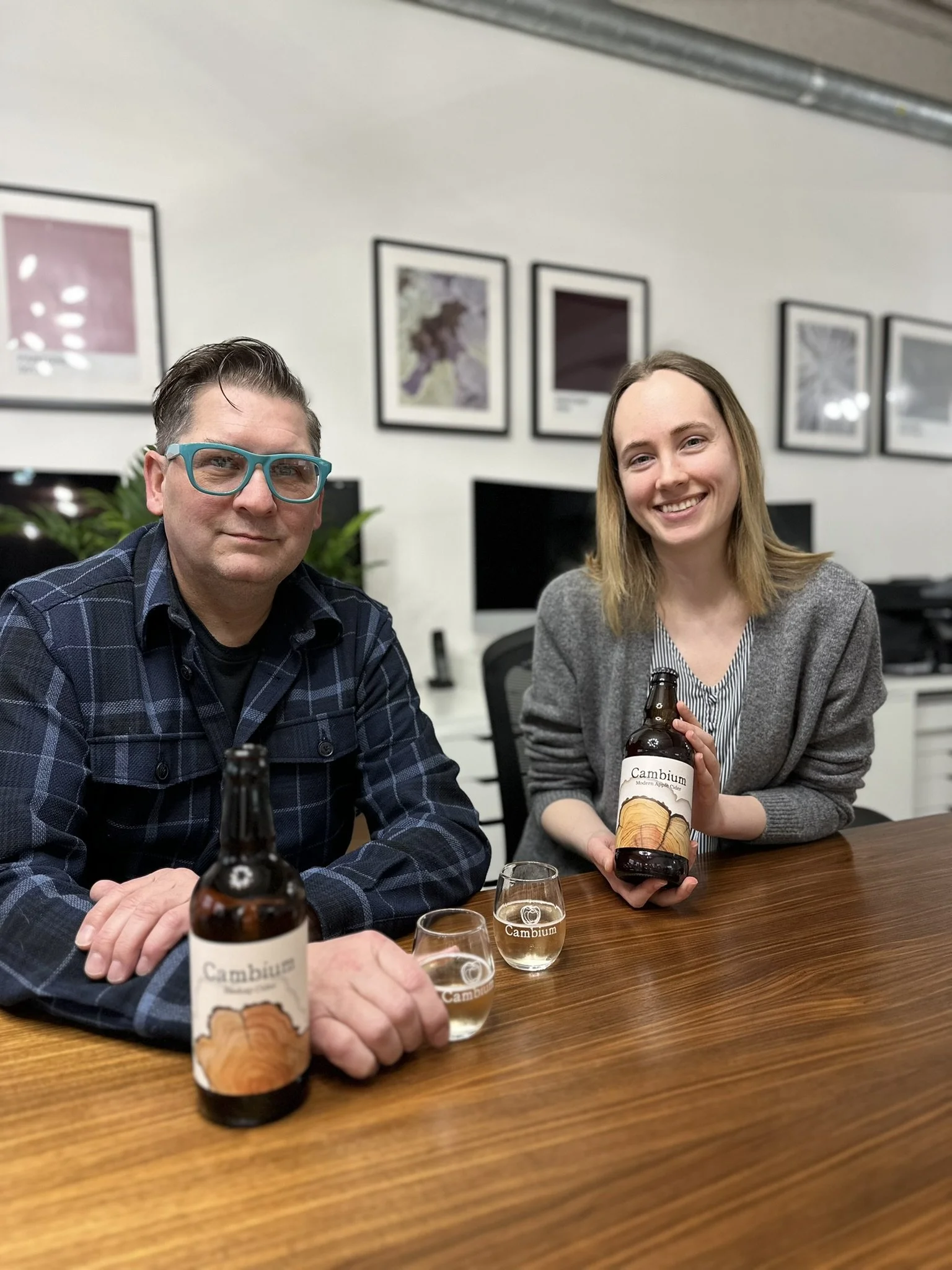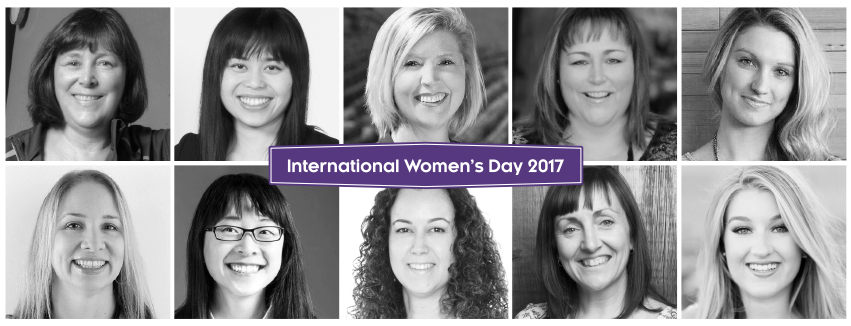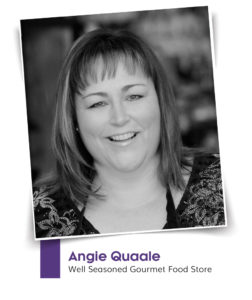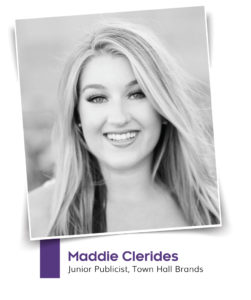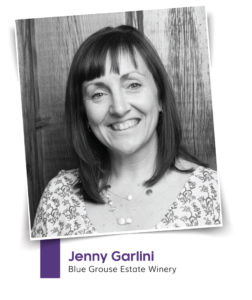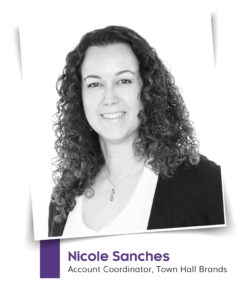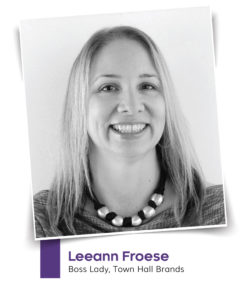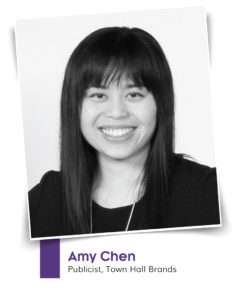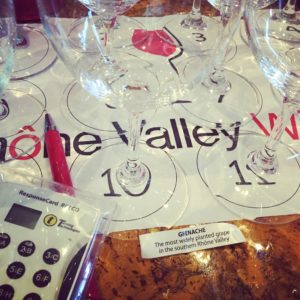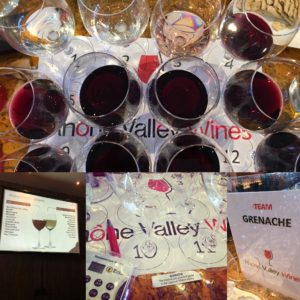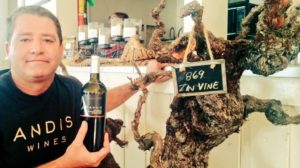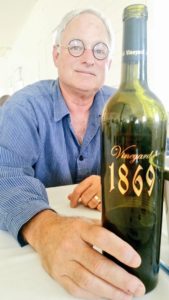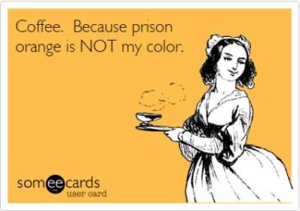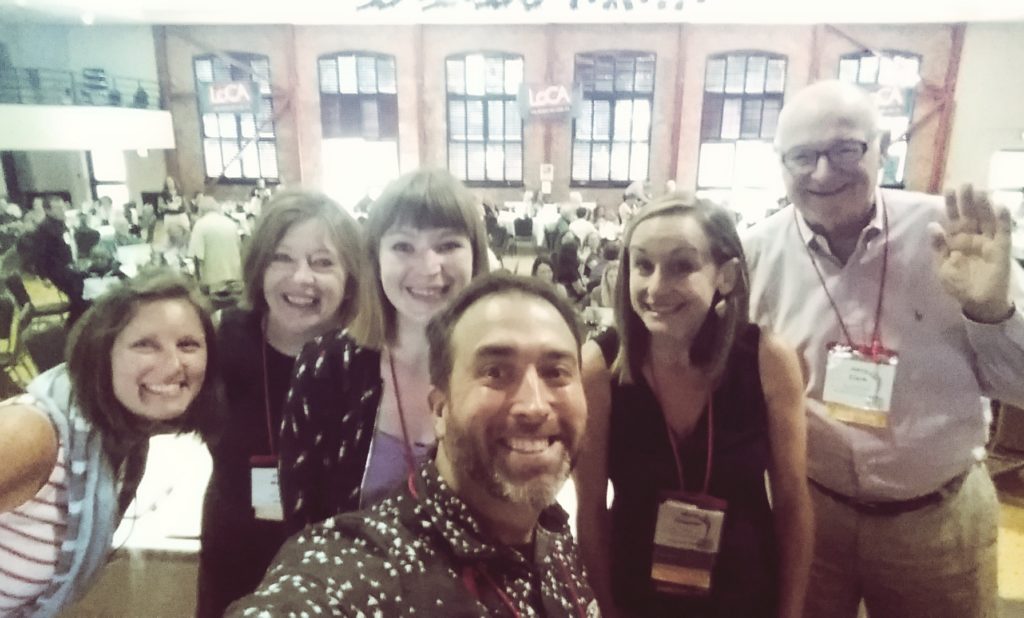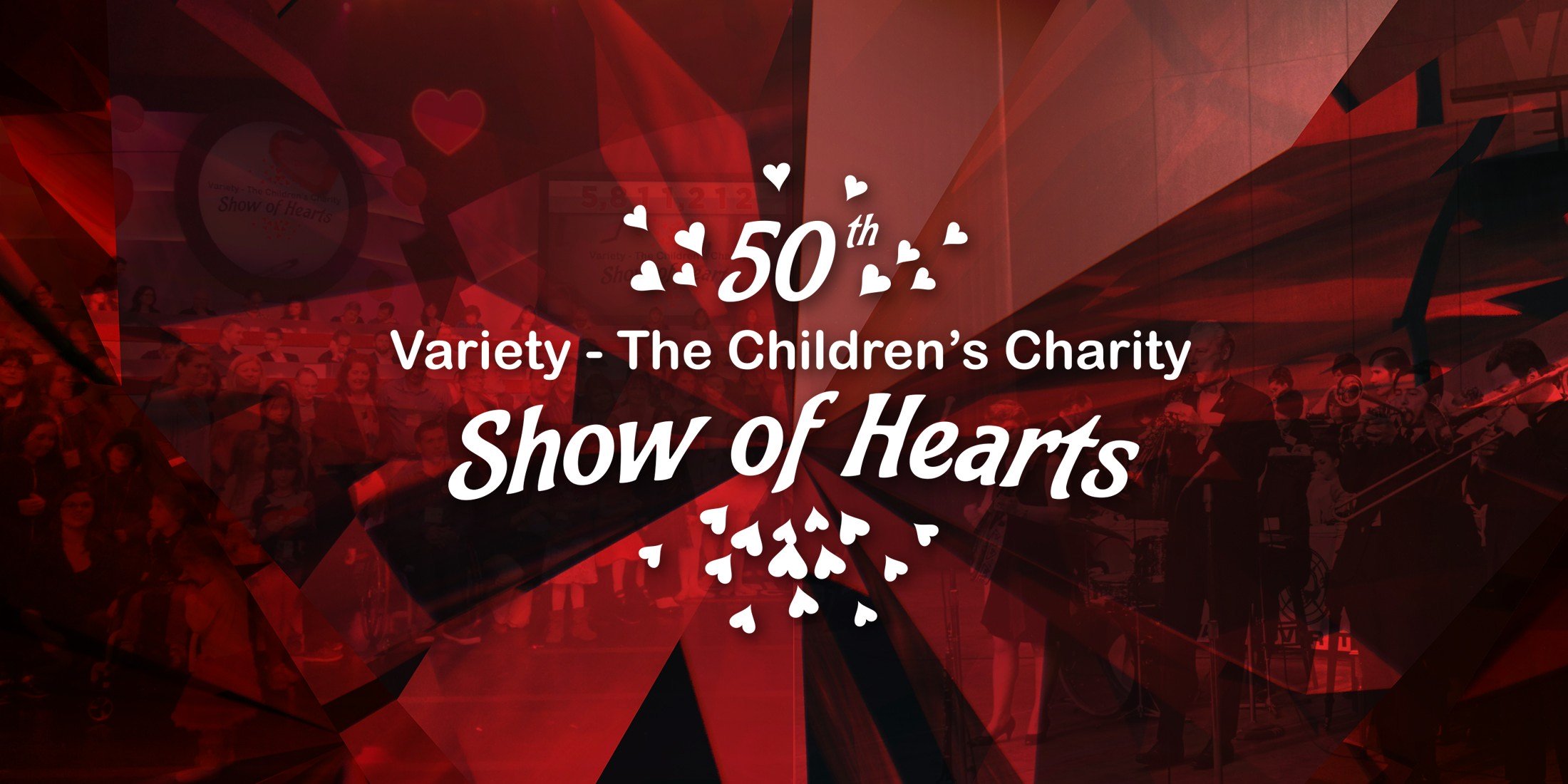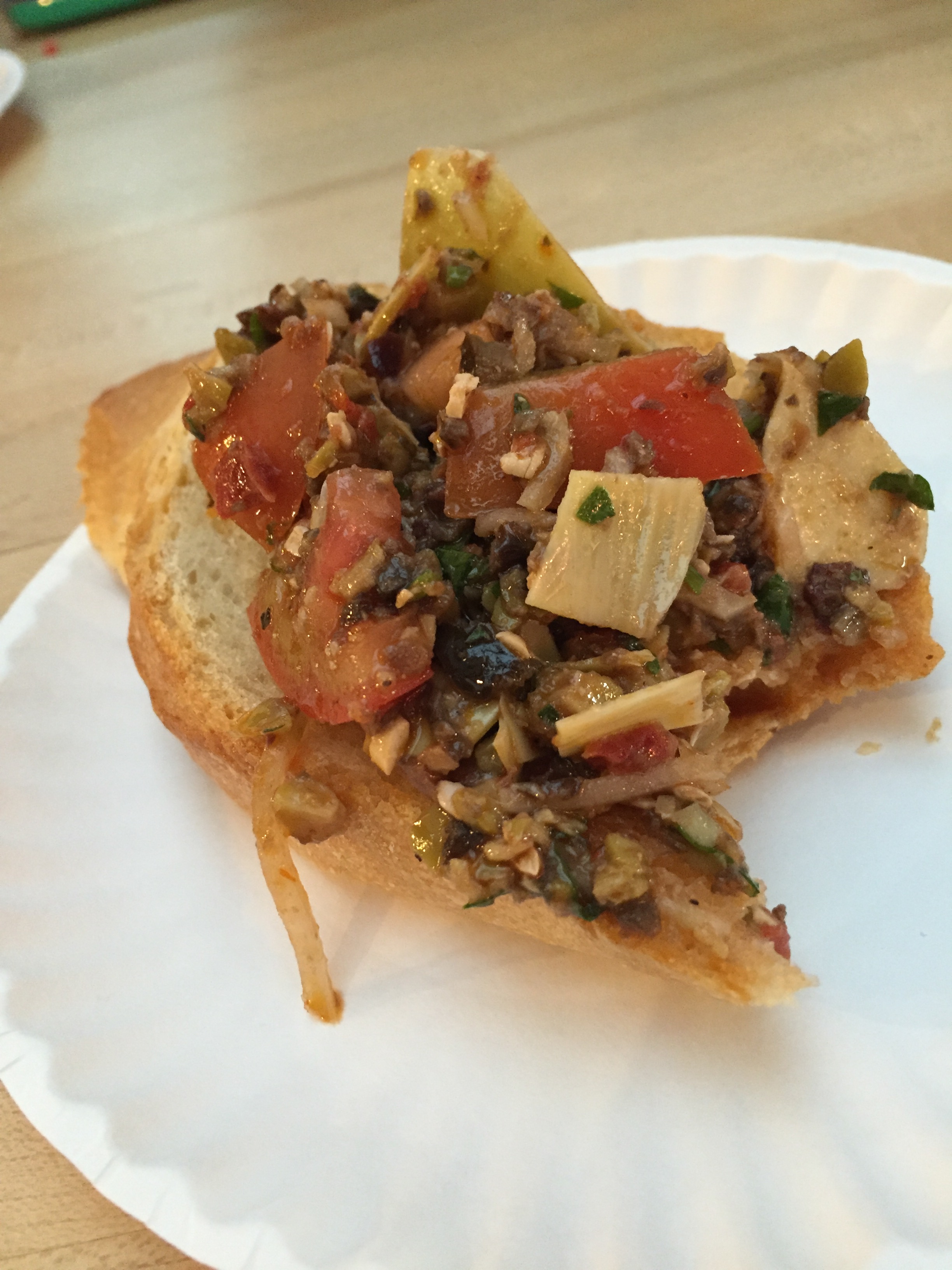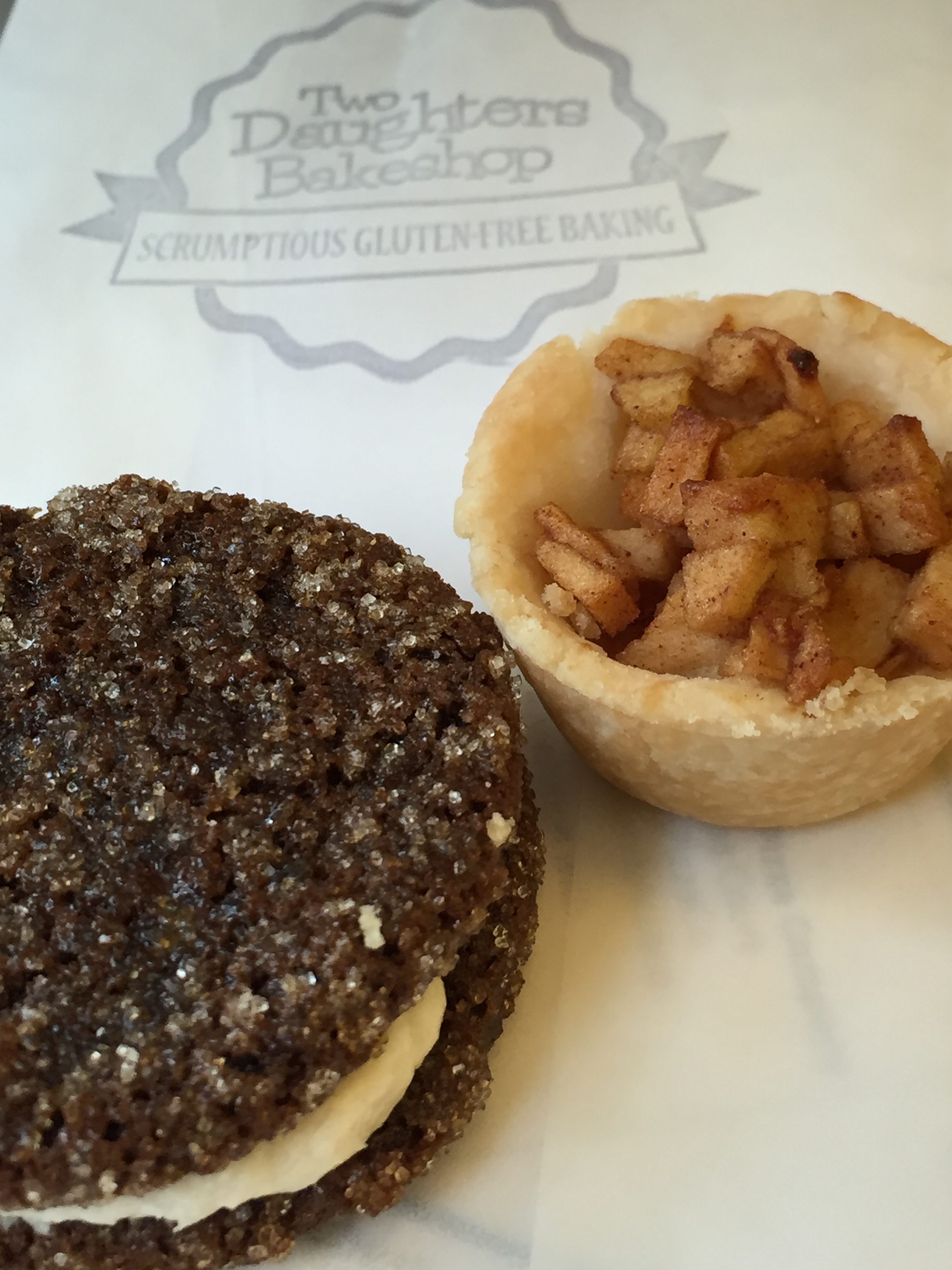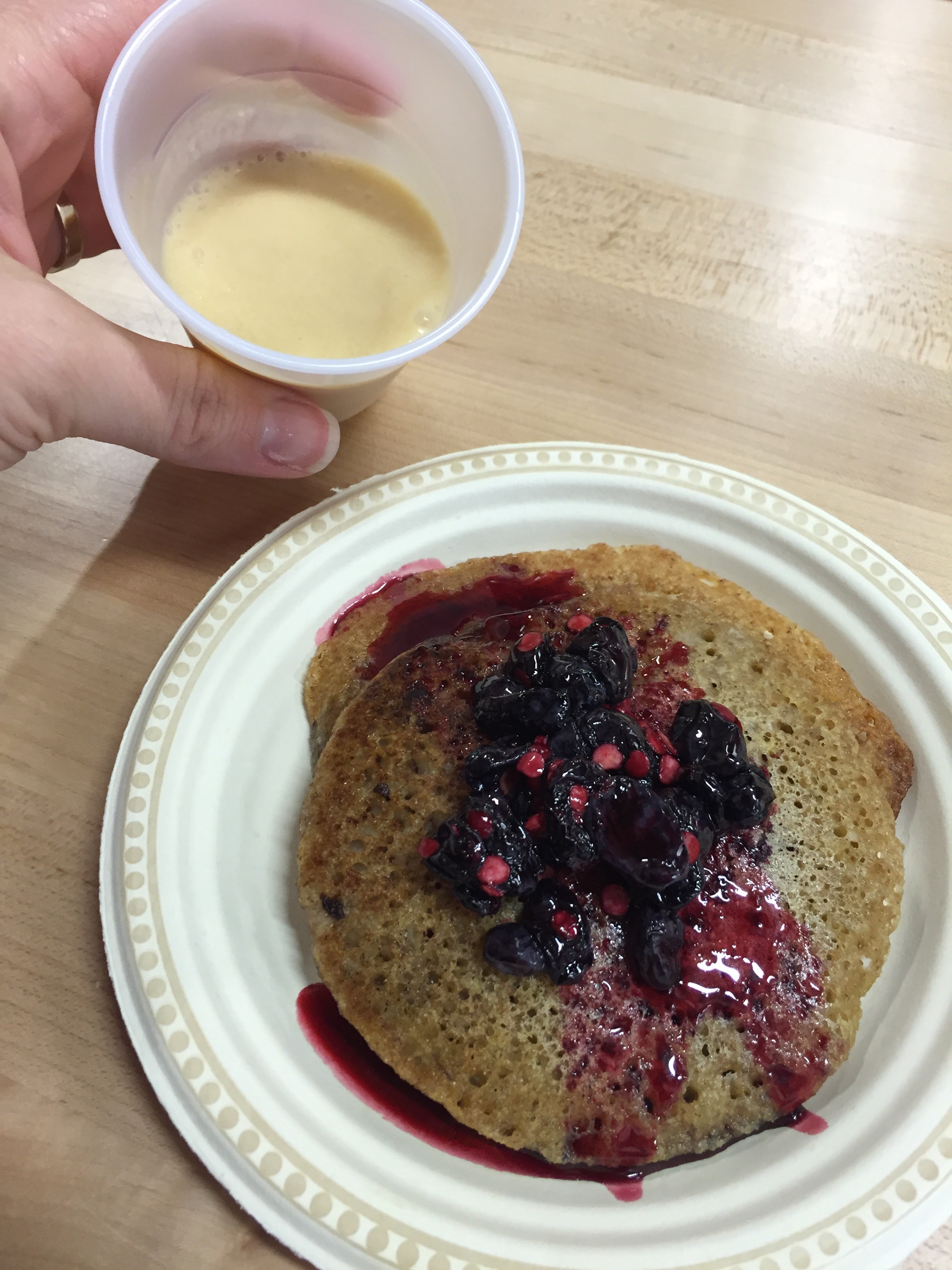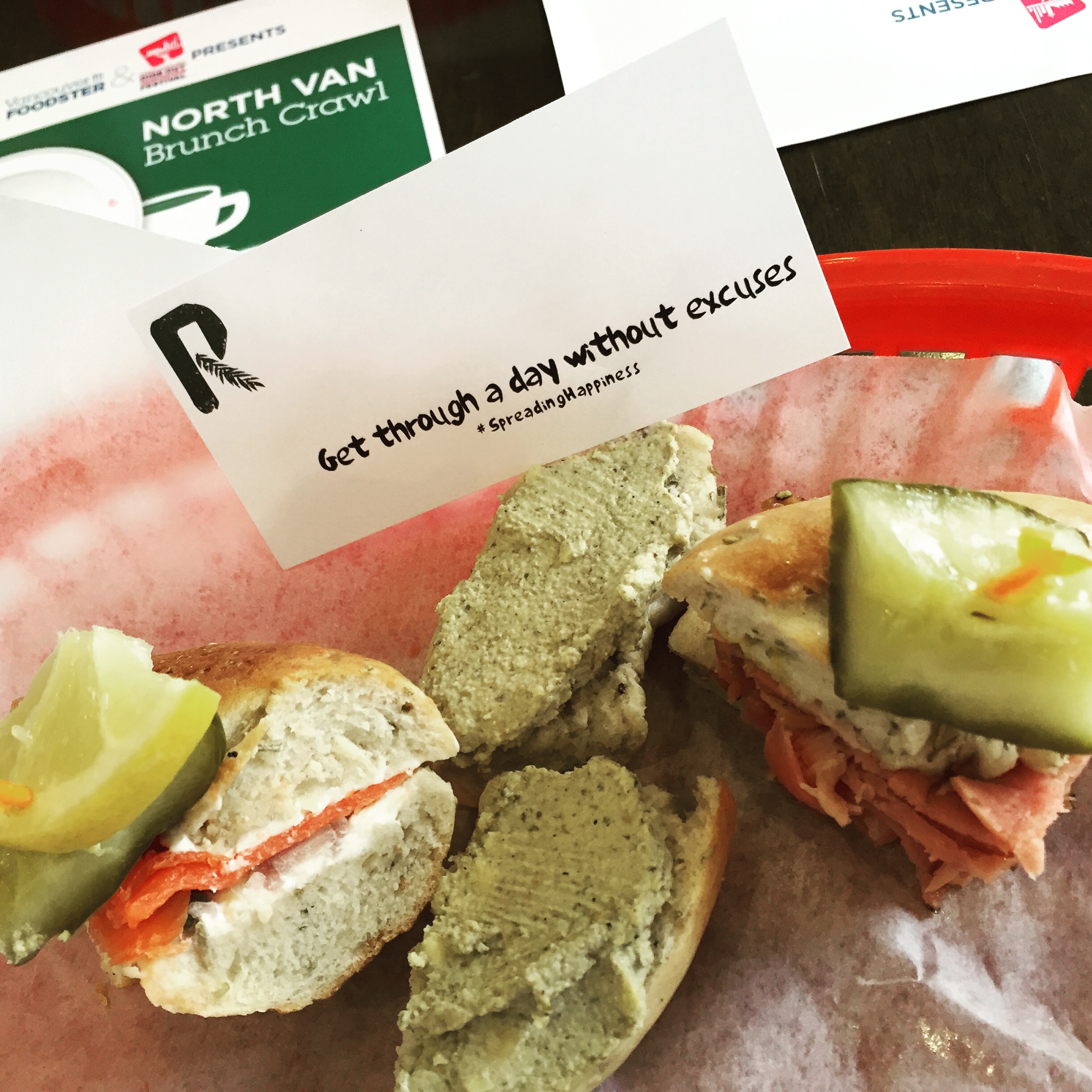By Leeann Froese
Finding Wine Culture in Amador

I feel pretty lucky that on the eve of my 20th year in the wine industry that I've had the chance to taste wines from all over the world, and had the pleasure of visiting wine regions in a few different countries. What I am focused on these days as I look at the different regions is to see how they build their culture, welcome wine visitors, and how the people live and work.
For a pre-excursion leading up to the 9th Annual Wine Bloggers Conference, I was delighted to visit and learn about Amador, a region I previously knew nothing about. I am pleased to share brief impressions of the Amador County wineries.

A flight to Sacramento puts you within an hour’s drive to this small region, which is relatively unexplored by Canadians, but definitely belongs on a wine tourist’s map. The landscape is peaceful, with grassy foothills and winding river canyons, all backed up by the Sierra Mountains.

The Amador Vintners have 45 member wineries with tasting rooms in the Shenandoah Valley, the historic towns of Fiddletown, Sutter Creek, Amador City, and other surrounding areas. Each of these small towns have an ‘old timey’, historic feel, as the region first rose to notoriety in congruence with the 1849 gold rush.
Families (or young men) from all over Europe came to California to settle and seek fortune. One of the major demands of many primarily young, single men was a steady supply of alcohol. In response, farmers of Italian, Serbian, Iberian, French, and German background planted grapes. Vineyards emerged, and several wineries sprouted up - many of whose vineyards are still in use by wineries today.

As this region was founded, there were many languages spoken, common diligent work habits developed, and one thing was for sure: they all shared a passion to turn the grapes that the granite-rich, sandy loam soils gave them into delicious wines to be enjoyed by all.
While the wines were plentiful and appreciated, the Amador wine region took a huge downturn, as most wine producers in the USA did during Prohibition. Fortunately, the region squeaked through. Home winemakers, permitted to make 200 gallons of wine each, kept the grape growers above water. All available grapes were scooped up and sold off nationwide, but times were lean.
According to Amador historian and author Eric J. Costa, between the repeal of Prohibition and the late 1960s, most grapes grown in Amador wound up in large tanks in bulk wine production, and only a small percentage of the grapes grown were kept and vinfied by small family wineries as premium wine.
This is still the case with many grape growers today but in 2016, the industry has evolved to have second and third generation owners, and those who have moved to the region for investment or second careers, all with an eye to excellence in wine production. Amador wineries’ acreage in 2016 is around 3,800 acres of vineyards with varying production numbers each year. The 2015 grape crush totaled 3,867,710 tons, down 7 percent from the 2014 crush of 4,144,534 tons.
The Birthplace of Zinfandel
Well suited to the sunshine and soils, Zinfandel has dominated Amador plantings from the beginning: Amador County is home to the oldest Zinfandel wines in America, with documented plantings dating back to the 1850s. Included in this is the Original Grandpère Vineyard, planted in Amador to Zinfandel before 1869, making these vines more than 140 years old. This low yield, 10-acre vineyard is home to the oldest documented Zinfandel vines in California, and today’s owner, Terri Harvey, supplies grapes only to a select few Amador wineries.
Throughout the region, there are other plentiful plantings of the American heritage Zinfandel, as well as varietals from all over the world, reflective of those that settled the region, including Sauvignon Blanc, Semillon, Barbera, Grenache, Petite Sirah, and more.
Community Club
As far as Amador’s wine culture is concerned, with a relatively small geography and a shared goal to grow the best grapes they can, there is a strong level of cohesion among wineries. In order to keep the community connected, wineries hold industry nights, community potlucks, and other activities that bring together the people who live in all these little towns throughout the valley.
A vintner we met, who stood out for sharing best practices, is Dick Cooper.

Dick Cooper, 77, was encouraged in the late 1970s by his father Henry “Hank” Cooper to get into grape growing. The Cooper family originally arrived in the foothills in 1919, and had a long history of farming tree fruits and nuts. So what started with five acres of Barbera grew to become Cooper Vineyards, and over the past 35 years Dick has worked to share all that he has learned along the way with those around him. In addition to his own vineyards, he has designed, planted and managed at least another dozen vineyards in Amador and El Dorado County. Known locally as the “Godfather of Barbera”, he has made many friends and earned the respect of the industry. Dick has provided cuttings, grapes and advice for much of the Barbera grown in the foothills, was an instrumental person in the establishment of the Amador County Wine Grape Growers’ Association, and has written a book on the relationship between viticulture and Amador County soil. This helpful openness to others, and willingness to share resources has helped build the community, and unified Amador growers.
Cooper’s daughter Jeri Cooper Swift, who was our tour guide on our excursion bus, recalls the ways in which the community and culture grew up with and around her. “The Shenandoah school house is the local meeting place once a month (but not during harvest),” she shares. “My grandmother Ruth Deaver Cooper, my grandfather Henry Field Cooper, also my father, Dick Cooper, and all of us kids, along with all the other farmers and their families - would go to a potluck dinner once a month. We called it ‘community club’.”

Our wine bloggers conference pre-excursion visited this one-room heritage school house for a meet and greet with several of the area winemakers. It was special for us to have a peek at this historical location, experience the community vibe and get a sense of the cohesive nature of the winery personnel.
Also in attendance at the meet and greet was a winemaker who openly shared his practices and experimental techniques: Mark McKenna from Andis Wines. On the flipside of nearly a century of the Cooper’s farming is the comparatively new Andis Wines, who bring a modern approach to Amador County's winemaking region. Using both traditional and innovative winemaking approaches, such as wine aged in concrete (an old world practice made new), McKenna has quickly garnered huge scores with critics, and is leading a New World approach to make modern wines, with an integrated respect for and knowledge of, classical tradition and style. Sourcing grapes from the onsite estate vineyard as well as from several growers in the area allows Mark the opportunity to relationship build and share.

So whether it is several decades of farming like the Coopers, or new practices in the cellar such as at Andis, the winemakers of Amador work together to grow, learn, taste and celebrate each other. This region may be small, but the culture is strong.
Have you noticed a camaraderie and strong culture in any of the regions you visited? Please, tell me about it...
Wines tasted:
2012 Andis Wines 1869 Original Grandpere Vineyard Zinfandel
Planted in 1869, the Original Grandpere Vineyard is the oldest documented Zinfandel vineyard in America, with only four wineries having access to its crop. This is a bold wine, with prominent ripe red fruit, pepper and spice. Only 150 cases made.
2013 Cooper Vineyards St. Peter’s Church Zinfandel
This consistently awarded wine offers subtle fruit on the nose and a medium-bodied layered palate of berry and spice with balanced acid and tannins, and long finish.
Disclosure: In exchange for a reduced rate to the Wine Bloggers Conference, attendees are required to write at least three blog posts about the conference either before, during or after.
